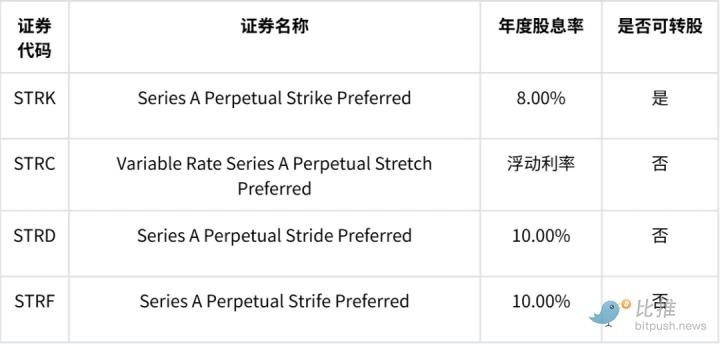Digital Currency Market
In the digital currency market, Ethereum (ETH), as the second-largest cryptocurrency, appears to be unresponsive to the recent market recovery, continuing its lackluster performance, particularly in terms of on-chain activity, price action, and investor sentiment. By analyzing the fluctuations in Ethereum's on-chain data, I believe that Ethereum is accumulating strength in preparation for a potential upward movement.
ETH On-Chain Data Fluctuations
According to IntoTheBlock's monitoring of whale activity, several addresses have engaged in frequent transactions over the past month, with marked addresses accumulating over 1.7 million ETH in total. This suggests that large holders maintain an interest in Ethereum, possibly signaling future market volatility.
Ethereum DeFi Revenue and On-Chain Activity
As we enter the third quarter of 2024, Ethereum's decentralized finance (DeFi) revenue has fallen to $261 million, the lowest level since the fourth quarter of 2020, indicating a widespread slowdown in DeFi activity on the network. Once considered Ethereum's "crown jewel," DeFi is now affected by declining transaction fees and usage, leading to a significant drop in revenue. One potential reason for this downturn is the intensified competition from Layer 2 solutions and other blockchains such as Solana and Binance Smart Chain. These platforms offer lower fees and faster transaction speeds, posing greater challenges for Ethereum in maintaining its DeFi dominance.
Despite an increase in Ethereum's trading volume and staking amounts, the overall growth of the ecosystem, including the total value locked (TVL) in Layer 2 solutions, has surpassed that of Ethereum's mainnet. Currently, over $12 billion is locked in Ethereum's Layer 2, but this situation has not translated into a significant price increase for ETH. The Shanghai upgrade and a 119% increase in total TVL in 2023 indicate that the Ethereum ecosystem is maturing, but these positive factors have not yet been reflected in short-term price movements.
Bitcoin Performance and Increasing Risks
In contrast, Bitcoin has shown relatively strong performance. However, the open interest in Bitcoin derivatives reached a record high in the third quarter of 2023, exceeding $31 billion. I believe this could become a significant resistance to Bitcoin's future upward movement. A rapid increase in open interest typically signals market volatility, as traders often take leveraged positions in anticipation of major price swings. In just one week, Bitcoin's open interest rose by 32,440 BTC, indicating heightened speculative activity in the market and further suggesting that prices may continue to rise.
The increase in Bitcoin's price is driven by multiple factors, primarily including growing institutional adoption, this year's Bitcoin halving event, and the introduction of new financial products such as Bitcoin ETFs. These catalysts are strengthening the bullish sentiment in the market towards Bitcoin.
Why Is Ethereum's Price Lagging?
Despite significant overall market volatility, I believe Ethereum's failure to keep pace with Bitcoin can be attributed to three main reasons:
Regulatory Uncertainty
Ethereum's price is influenced by uncertainties in the regulatory environment, particularly regarding the approval of a spot Ethereum ETF. While Bitcoin's spot ETF received quick approval, boosting its price, Ethereum investors are still awaiting the SEC's decision in December. If the spot Ethereum ETF is approved in December, it could act as a catalyst for ETH's price increase. Until then, Ethereum's performance may continue to lag behind Bitcoin.
Technical and Network Upgrades
The launch of Layer 2 solutions like Unicain aims to facilitate transactions by reducing Ethereum's transaction fees; however, I believe this may exert some pressure on ETH's price. Technological improvements often take time to reflect in asset prices, leading investors to adopt a "wait-and-see" approach. Network enhancements require time to translate into increased user activity and trading volumes.
Ethereum Layer 2
As Layer 2 solutions continue to develop, Ethereum faces challenges in maintaining its core value proposition. Although Ethereum remains the settlement layer for most Layer 2 solutions, the shift of activity to these networks could reduce Ethereum's own fee revenue, which explains the ongoing decline in Ethereum's DeFi income.
Why an ETH Breakout Is Imminent
For Bitcoin, the excitement surrounding the halving event, along with high open interest, leverage, and market expectations, could drive its price up, potentially reaching new all-time highs. However, with increasing market leverage, the risk of significant price corrections is a foreseeable reality, as has been validated in previous market cycles.
For Ethereum, the current price lag will not persist indefinitely. Once the policy surrounding the Ethereum spot ETF materializes (in about two months), and Layer 2 begins to redirect more value back to the Ethereum main chain, ETH could experience a strong breakout. Additionally, Ethereum's expanding staking ecosystem and ongoing technological upgrades will help ensure its long-term fundamentals remain robust.
Benefiting from rising institutional demand and anticipated future supply constraints, Bitcoin currently leads the cryptocurrency market. Meanwhile, Ethereum faces temporary headwinds, but its fundamentals remain strong. Over time, ETH's breakout may surpass BTC, with significant changes expected by early next year.







